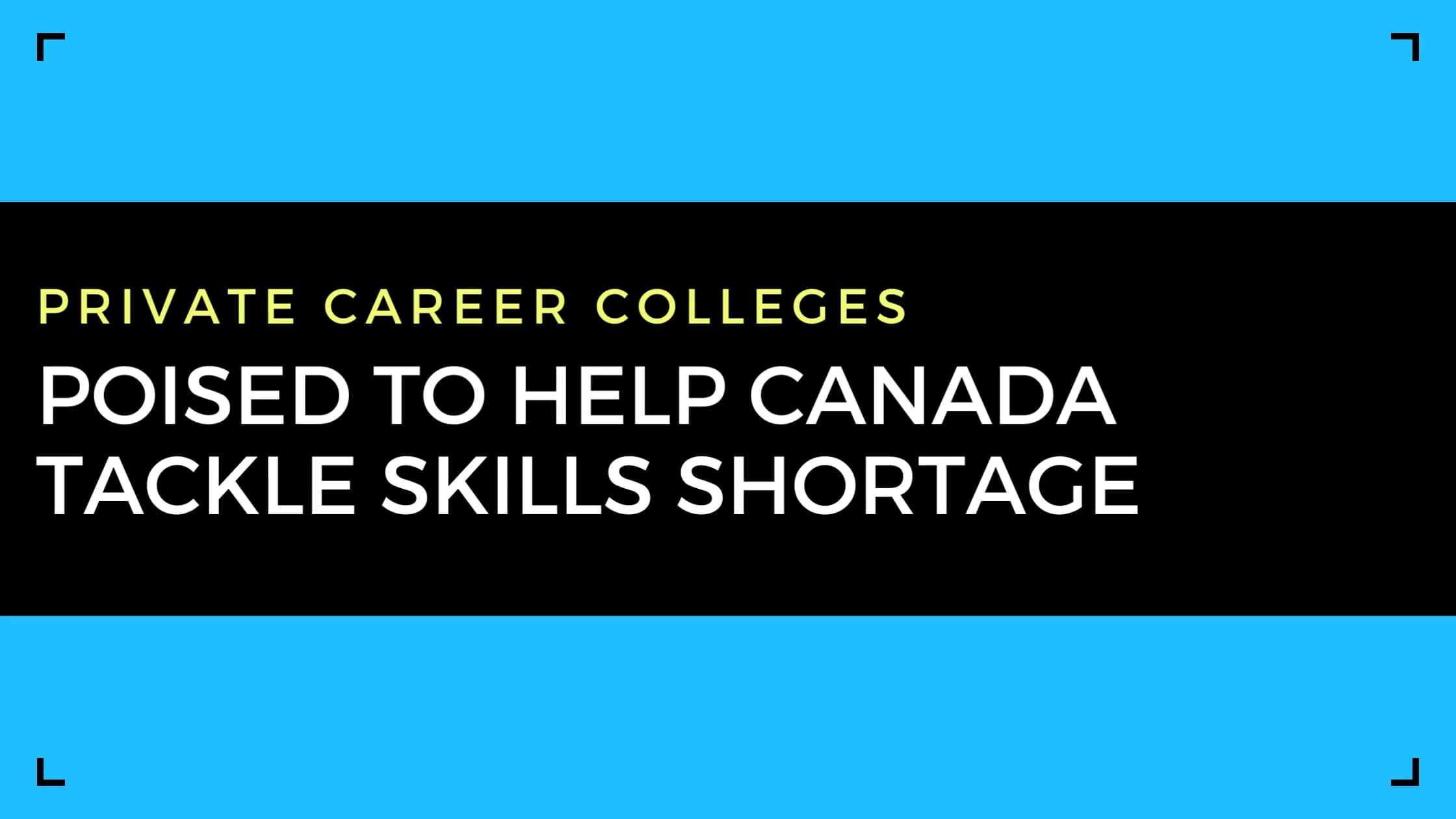The current shortage in skilled trades workers will quickly grow as one-quarter of the Canadian workforce will be over the age of 65 and in the position to “retire” by 2030. And we’re already feeling the shift.
Even before COVID-19, the trucking industry, for example, was experiencing human resources shortages. But the pandemic laid that issue bare, exposing transportation as one of the weak links in supply chains.
Canada needs a staggering 25,000 truckers to fill current vacancies. And that number is growing every day, with the expectation of more than doubling in the next two years to meet the labour market demands. That number is tenfold in the United States.
In a previous column, I discuss, in detail, the opportunity for transport training schools to help meet labour market demand and replenish the dwindling tax base in our country.
Unprecedented labour demand
Statistics Canada reported earlier this year that the job vacancy ratio in Canada is at an all-time low amid a record-tight labour market. The shortage of skilled workers is considered severe, impacting 36.9 per cent of all businesses. The StatCan study identified construction, manufacturing, accommodation and food services as being the most in demand for labour.
The issue isn’t new. Supply chains have been exacerbated by Sino-Canadian relations since 2019 with detainment of two Canadians in China. There has also been a lack of participation in the skilled trades exacerbated by challenges in supply and demand ushered in by the pandemic.
The rapid aging of the workforce may well result in the retirement of up to one in five Canadians in the next five years, meaning the problem is likely to get much worse before it gets better.
Given the cost of living, which has been rising rapidly since the start of the year, many people require a double income, particularly those living in Canada’s larger cities, creating a heightened need for caregiving services.
At the other end of the spectrum, with the rapid aging of the Canadian population, there is increased demand for elder care services. This was another area highlighted as being important and in dire need of attention and additional people during the pandemic.
Immigration key to filling vacancies
All that highlights the immediate need to build the population and tax base to fill the hundreds of thousands of vacancies in this country. Natural population growth is not enough to build the necessary base to fill all the vacancies the Baby Boomers are creating as they retire. Canada needs to rely upon immigration, therefore, to help fill the hundreds of thousands of vacancies across the country.
Earlier this year, the federal government announced the resumption of express entry and invitations for candidates to apply for permanent residence to begin this month, following a delay in the processing of overseas applications during the pandemic. That increased focus is necessary and must be sustained for Canada to meet current and future demands.
Vocational training institutions have become vitally important to Canada’s economy and are now a huge part of the solution to train both new and pre-existing Canadians to quickly become part of the badly needed workforce and meet the labour market demands.
Colleges can help reskill workers
For Canada to maintain and develop its manufacturing sector to address needs such as drugs and personal protection equipment so lacking during the pandemic, we need to understand the road map. We need to identify who we need and then provide them with the necessary high-level training.
Private colleges are nimble enough and often inexpensive enough to provide access to education to help retrain and re-skill workers.
New Canadians, for example, can make a very good living as truck drivers after taking a six-week program at a private vocational training institution. And there are so many positions waiting to be filled for which training is readily available.
Look forward to your comments, criticisms, and feedback! Thanks for reading.
